|
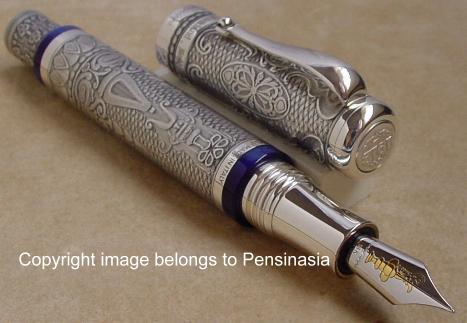

The great history of the
America's Cup really started in 1870, the year of the first challenge off
from New York harbour. There followed a sequence of no fewer than 24 vain
attempts to win the trophy back from the Americans. During this time great
men on both sides of the Atlantic took part with all the weight of their
prestige and wealth behind them. Numbered among them were Cornelius
Vanderbilt, William Rockefeller, Ted Turner and Sir Thomas Lipton, the
northern Irish tea tycoon. Between 1899 and 1930, Lipton suffered five
consecutive defeats, a losing streak which he counted as the greatest
disappointment of his life.
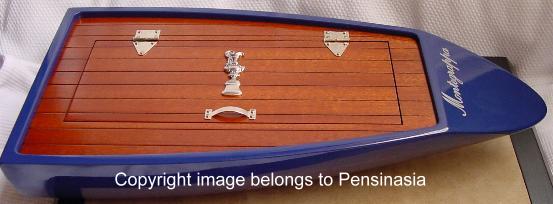
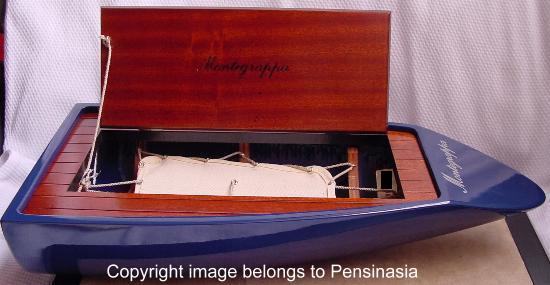
The participation of so many
millionaires in this competition is easy to explain. A financial prize has
never been offered, and teams competing for the trophy have always spent a
fortune in the attempt to win it. Today, taking part in the America's Cup
involves years of planning and training, a crew of more than a dozen men and
a total cost which is typically many tens of millions of dollars.

Between 1930 and 1983 the
competition was moved to the less crowded venue of Newport on the coast of
Rhode Island. Along a triangular course of 39 km, the trophy was awarded
to the winner of four victories out of seven races. During this period the
America's Cup was interrupted for over two decades, because of the Second
World War. Even when peace was declared, potential competitors were
discouraged by the cost of building and maintaining vessels to meet the
rating required by the regulations. On the initiative of the New York
Yacht Club, the 1857 rules were amended so that 12-metre yachts were now
allowed to take part, a sailing class very popular in English regattas.
The Australians made their debut in the America's Cup in 1962. The year
1970 saw the beginning of the era of multiple challenges with the
participation of the French, initially in the person of Baron Marcd Bich.
The first American yacht to
suffer the indignity of losing the trophy was the 12-metre Liberty,
captained by Dennis Conner, defeated by Australia II in 1983. The
competition was decided in the seventh and final race, which was won by
the Aussies by the modest margin of 41 seconds.

Meanwhile the battle for
the supremacy of the oceans became increasingly competitive. New
challengers appeared on the horizon with plenty of financial backing, and
the search for technologically based advantage became increasingly
critical. The Louis Vuitton Cup was conceived to select the vessel most
worthy of challenging the trophy holder from among all the would-be
competitors for the America's Cup. It has become a competition within a
competition, a marathon which greatly prolongs the duration of the
competition, thus increasing the excitement with which the final event is
anticipated. The trophy did not remain for long at the Royal Perth Yacht
Club. In 1987 Conner succeeded in making up for his earlier defeat by
winning the trophy and taking home the America's Cup, this time flying the
flag of the San Diego Yacht Club. While the victory in the San Diego
waters was incontestable, it took 18 months of legal battles to confirm
the legitimacy of a victory achieved with a vessel hitherto unknown in the
history of the America's Cup, a very fast catamaran. This was a completely
different type of vessel from the New Zealand monohull twice its length
that came to San Diego to challenge Conner's claim on the Cup. After the
American yacht's victory in court, the regulations for participating
vessels were changed again. There was a return to the large sailing-boats
of the early 20th century, with a waterline length of just under 23 metres
but with carbon fibre hulls and a main mast as tall as a 10-storey
building.
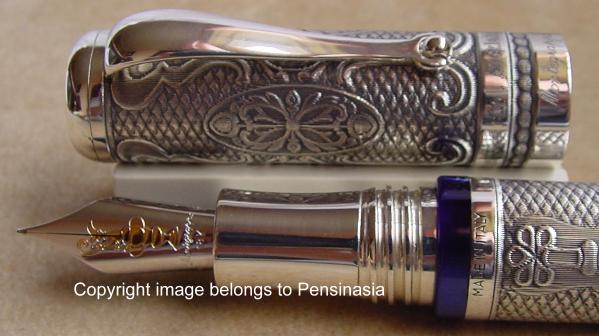
The new vessels had a sail
surface area 50% larger than that of the 12 m vessels but weighed
one-third less, thus making them much faster and highly maneuverable. In
Auckland, the venue for the 30th defense of the America's Cup in 2000, the
Italian yacht Luna Rossa won the right to challenge the holders New
Zealand, having won the Louis Vuitton Cup after numerous cross challenges
between the 11 contenders. The decisive races against the New Zealand crew
of NZL-60, nicknamed Black Magic, were not a pleasant experience for the
crew under skipper Francesco De Angelis, as they repeatedly found
themselves chasing a much faster boat.
But now attention is on the
next America's Cup which will take place in 2003, once more in the
tumultuous waters of the Hauraki Gulf, in which one of two Italian yachts
may be taking part.
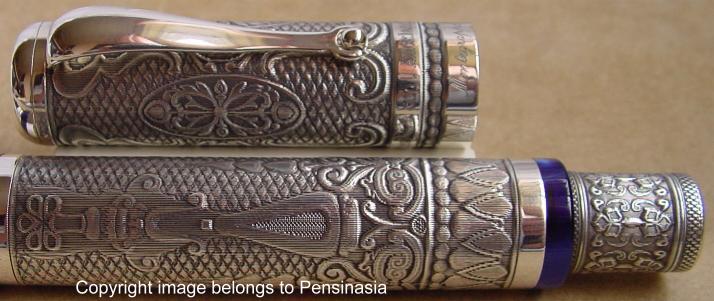
For the 31st defense of the America's Cup, to be held in New Zealand in
the early months of 2003, and which it is hoped may include an Italian
crew, Montegrappa 1912 has decided to dedicate a special commemorative
limited edition to the America's Cup - the most prestigious yacht race in
the world. This choice is yet another confirmation of Montegrappa's skills
in extolling the beauty of sailing and representing it in its noblest and
most fascinating aspects. The pen inspired by the America's Cup will
succeed last year's magnificent model dedicated to the Vespucci, the new
training ship of the Italian Navy, recognized by sailing enthusiasts as
the most beautiful sailing ship to cut through the waves. Montegrappa, the
oldest Italian manufacturer of writing instruments, is appreciated and
admired throughout the world for the extraordinary quality of its
goldsmith's art and the amazing technical expertise and manual skills of
its craftsmen. Montegrappa produces only top of the range pens, aimed at a
select circle of collectors and sophisticated connoisseurs. But this is
not the only characteristic which Montegrappa shares with the world of
sailing and, in particular, with the America's Cup - a competition of
unparalleled prestige that is limited to a select elite of highly skilled
sailors and elegant yachts.

Between Montegrappa and the
legendary America's Cup to which this pen is dedicated, there is another,
deeper affinity of an aesthetic and cultural nature.
One of the aspects of this
close affinity is the comparison that is made on the one hand between
fountain pens . and ballpoint pens, and on the other between sailing boats
and motor boats. There is evidently an analogy, reflected. in taste and
life-style, between the preference shown - for fountain pens, which are
traditional, noble writing instruments, and the passion inspired by
sailing boats which is the oldest means of navigation invented by man. In
both cases it is matter of appreciating the beauty and refinement of the
object, the elegance of its movements, the intimate experience of silence,
and the pleasure of listening to the sound of rustling paper and the
lapping of water, of favouring the fascination of history and ignoring the
huge but ephemeral appeal of the modern world.

Furthermore, in the case of
both Montegrappa fountain pens and the magnificent yachts that take part
in the Americas Cup, history and tradition by no means exclude topicality,
functionality and up-to-date technology. This is clearly seen in the
impressive speed achieved by the large yachts competing with each other at
Auckland, resulting from the new extra-light materials, the
vertigo-inducing height of the masts, the remarkable surface area of the
sails which would have been unthinkable only a few years ago, and the
extraordinary maneuverability and docility of these giants of the sailing
world. In the same way, Montegrappa's fountain pens combine the finest
traditional goldsmith's craftsmanship with great functionality and
reliability reflecting the constant search for improved materials and the
use of sophisticated, innovative technology. There is another, more
physical element which links Montegrappa and the America's Cup. This is
the cup itself, made from solid silver and beautifully engraved by hand.
Montegrappa is celebrated internationally for its exquisite low-relief
engraving, and with some artistic license it has reproduced the beautiful
engravings of the America's Cup on the barrel, the cap and the end-cap of
this precious pen produced in a limited edition.
.
The cap, barrel, end-cap,
clip, rings and little buttons of the Americas Cup 2003 Limited Edition
are all made from sterling silver. The fountain pen has a piston filler
and is fitted with an 18K gold nib, partially rhodium plated and engraved
with a picture of the America's Cup as well as the Montegrappa logo. Such
a wonderful pen, designed to celebrate the most important sailing
competition in the world, could only come in an equally original and
evocative presentation box.

The numbered case of the
Montegrappa limited edition is shaped like a ship's hull, carved from a
single piece of wood with reflective navy blue lacquer. The deck is
represented by the mahogany lid with a central, hinged opening with two
hinges and a special handle. Lifting the lid, the inside of the hull is
revealed, containing the numbering and the mahogany bulkheads, complete
with hooks and fabric support for the pen, created with the canvas
originally used in the world of sailing. The outside of the central
opening in the lid is decorated with a stylized image of the America's
Cup, while the inside is hot-stamped with the Montegrappa logo.

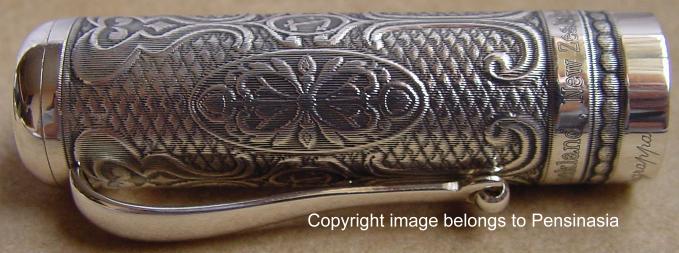
The three-dimensional image
is obtained by cutting the surface with tiny linear cuts of different
depths and removing small quantities of metal. This process produces a
surface that is characteristically different in the way it reflects light
from those generated by a mechanical pantograph engraver or any other
means of generating a relief image. The difficulty lies in the fact that
the image has to be engraved on a cylindrical surface. Many times a single
drawing takes up to months as any error can result in onerous
consequences: matched to perfection, the meeting point where the engraving
starts and ends can be sometimes difficult, even to an expert hand. This
advanced technology is exclusively used by Montegrappa and has made it
famous for the innovative and imaginative application to its fine writing
jewels.
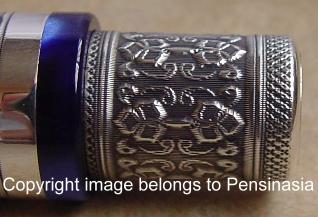

|
